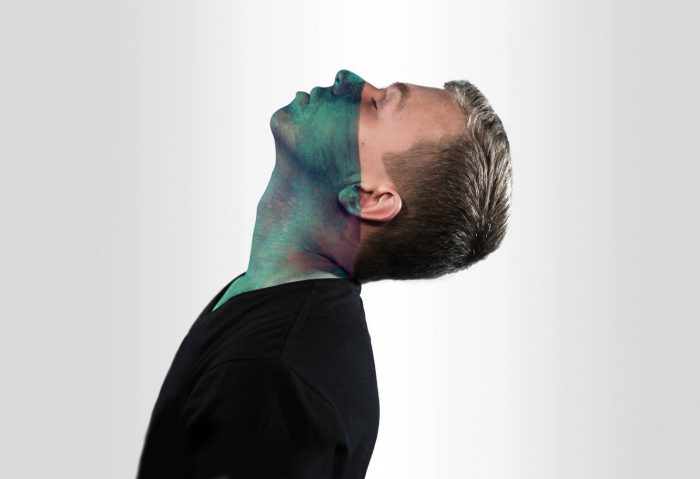Life on Earth is changing.
We are currently watching Australia burn. The potential for another war is looming. Anxiety is now considered an epidemic.
Life feels unstable as we enter this new decade.
It’s more important than ever that we become that river we’ve heard about—you know, the one that goes with the flow. And I’m not implying we should sit back peacefully and just watch things implode, but that we stay in touch with the reality that all things change whether we want them to or not.
When I first read about the Buddhist concept of nonattachment, I thought it could only be practiced by nonemotional beings, like snakes, for instance. It took years of reading and practicing before I started to get it.
What we hold onto causes us to suffer. It’s that simple.
In relatable terms, that might be a dip in the stock market that causes us to lose $40,000 in a day. The laws of nature are clear: what goes up must come down. To think otherwise is an exercise in futility.
Have you ever been in a relationship that’s run its course? There’s nothing left to learn from the other, and holding on to what was only causes us pain and leads to stagnation. Letting go might be scary because we don’t know what’s on the other side. Another natural law is that the universe doesn’t like a void, and soon it will be filled.
I’ve always been a fixer, a healer at heart. My mother was diagnosed with lung cancer when I was in my 40s. I’d been warning her of the dangers of smoking for decades. When the diagnosis finally arrived, I was sure I’d be able to say or do something, anything to change it—and oh, did I try. But my unconventional advice wasn’t taken and I was unable to help her change her course.
What helped me heal was practicing nonattachment. I’d offered my best, and the results weren’t mine to control. I had to accept that everyone is ultimately responsible for the decisions that create their life.
When we practice nonattachment, we make space for things that fit us more comfortably.
We are in the river of life—sometimes it moves peacefully and smoothly along, the view is nice, and the weather is pleasant. Other times, the rains come, the river runs rapidly, and there are obstacles in our way. When we hold onto something that isn’t working—a person, an idea, a business—we’re so busy in the struggle of the moment we can’t clearly see and respond to what lies ahead. If we persist in attaching to that journey, we’re going to smash into more than a few obstacles.
Better we let go, float to shore, rest, and regroup for a new road ahead.
Once we accept our need to let go through nonattachment, we may find that our physical body is still holding onto the effects of our thoughts and emotions.
Our body is a great indicator—if only we get quiet and pay attention to its subtle and energetic cues, we might find where we need to release.
When we hold onto unspoken words, our jaw is tight, and we may grind our teeth while we sleep and wake with tension. So speak what you must, as gently as you can. Then exhale, part your teeth, and notice the effects of letting go in your jaw and neck.
When the events in the world are too sad or horrific to bear witness to, we squint and look askance in an effort to avoid the reality in front of us. As much as the world is beautiful, it also holds horror and so much sadness. Let go of those rose-colored glasses, which only serve to keep us swimming in illusion and reeling in the shock of reality. Exhale and release the little muscles around your eyes and temples and feel a softening into acceptance.
When we strain to solve the unsolvable and push our way through an issue best left behind we feel tension in our scalp, our forehead, and that place between our eyebrows. Invite yourself to exhale, soften, and release the struggle.
When we find ourselves with chests heavy from the grief of the world, one way we can release some of the emotional residue is by tapping on our K27 points (kidney meridian acupressure points). To locate these spots, take your index finger and thumb and place it on the inside of your collarbone, where the bony protrusion is located. Now move your hand about an inch down and feel around in that area. Your finger and thumb tips should each locate a sore or sensitive depression. That’s the K27 point of your kidney meridian. Begin to tap on each side with some vigor and intention to let go. Include conscious breathing with long exhales. These are but a few body exercises we can do to release the pain of events we can’t change.
I remind myself to use these body exercises daily to clear pent-up emotional charges. I encourage you to practice this idea of nonattachment in these turbulent times—let go and find peace.












Read 4 comments and reply